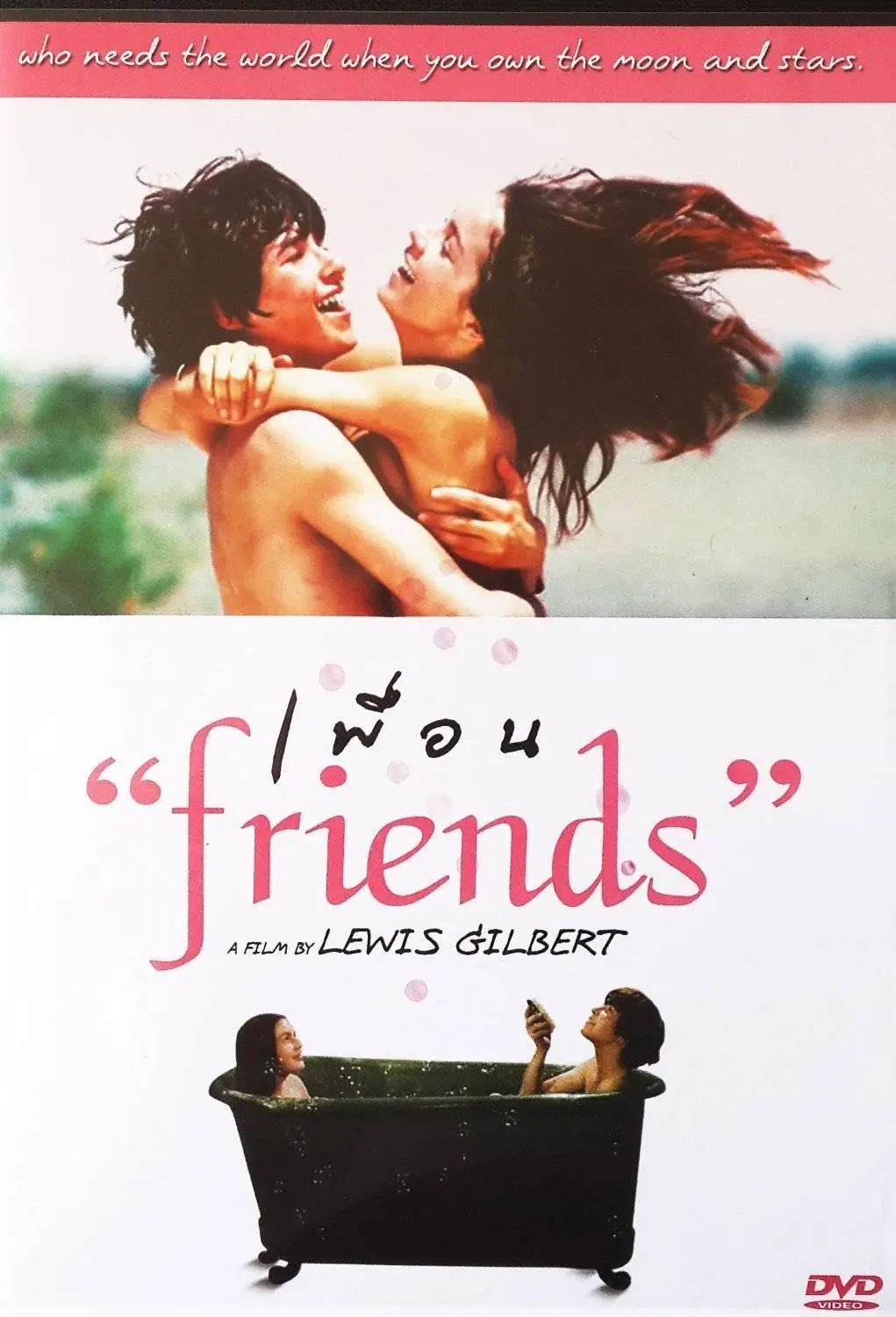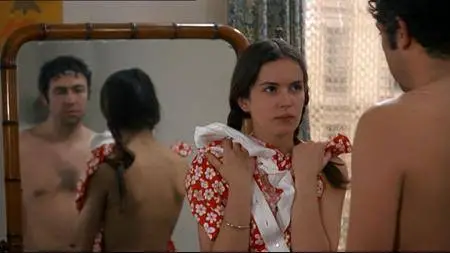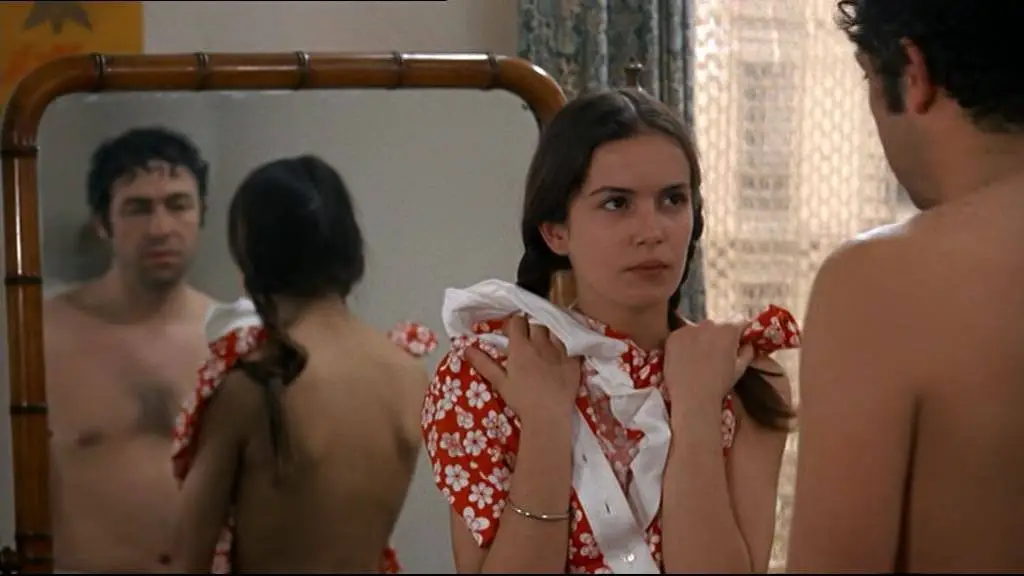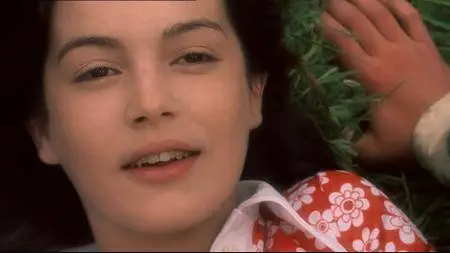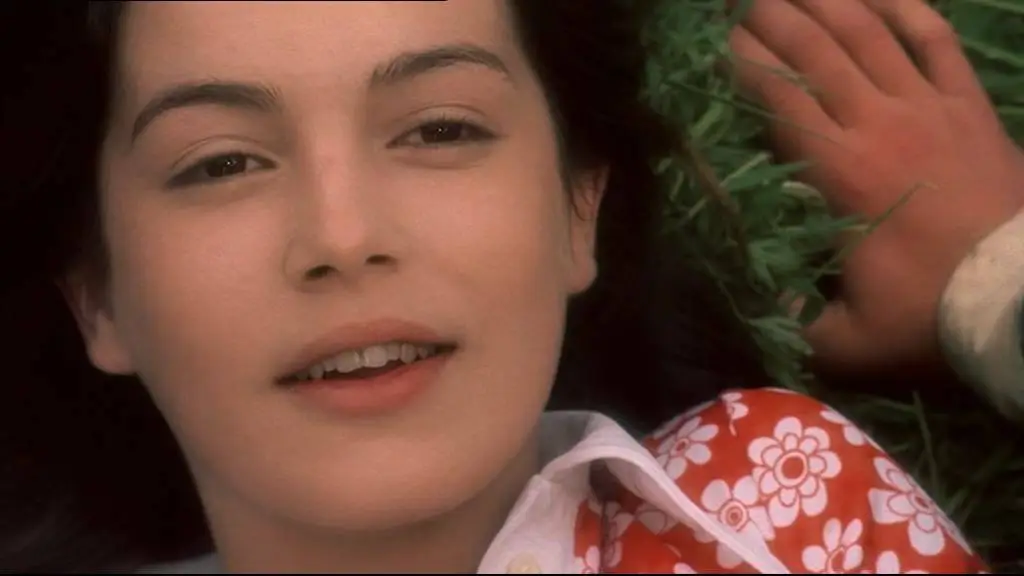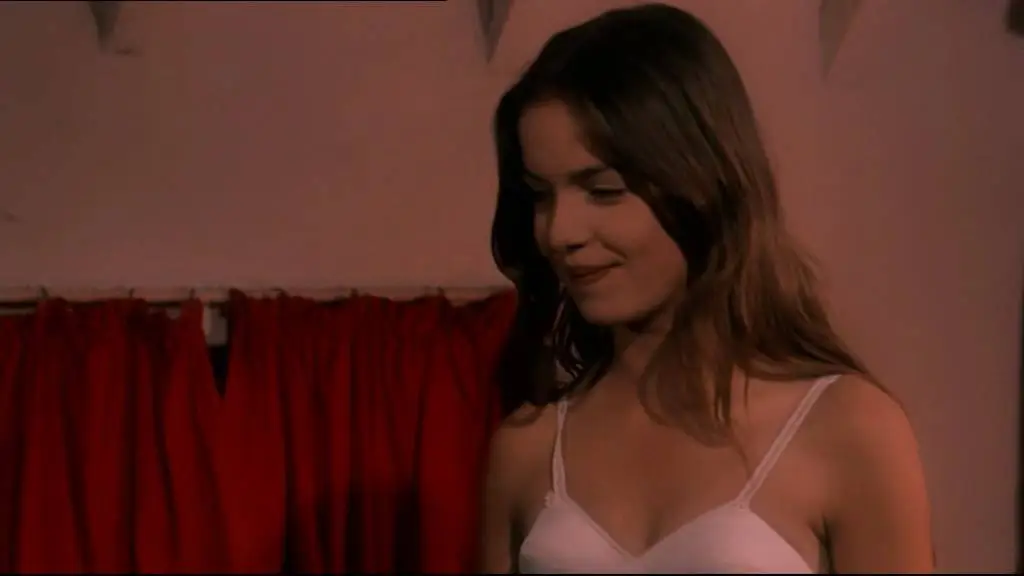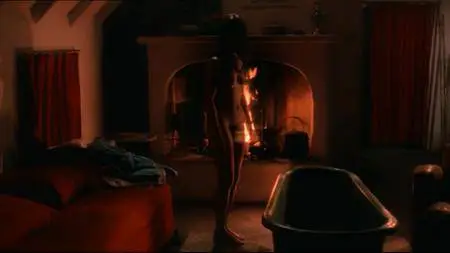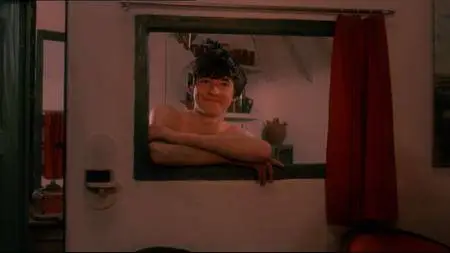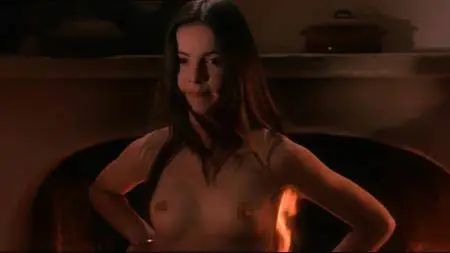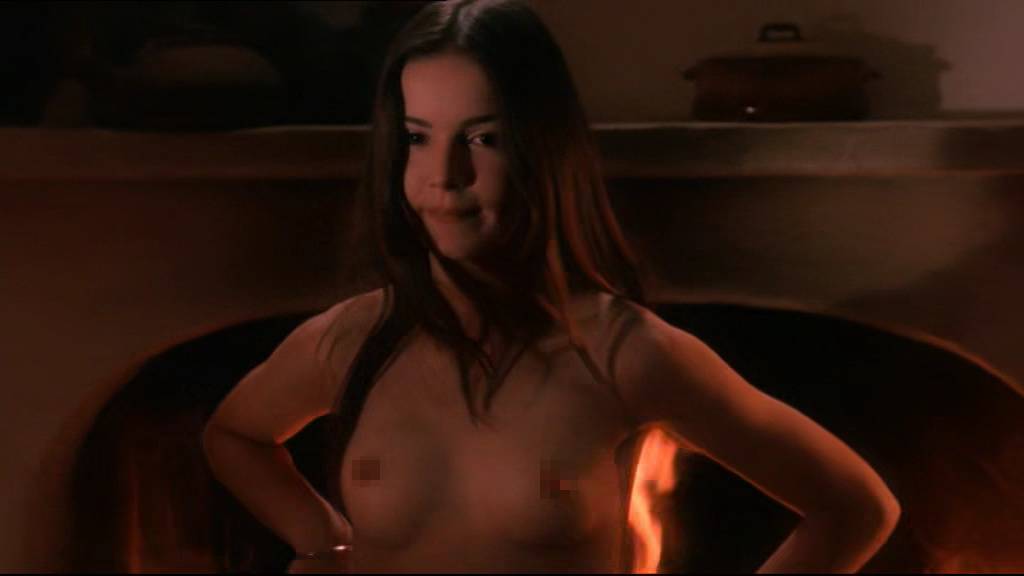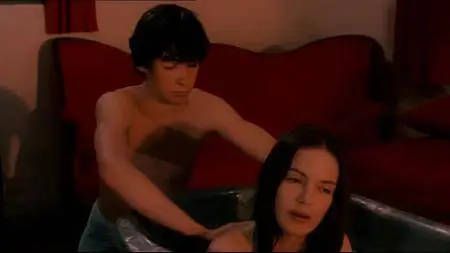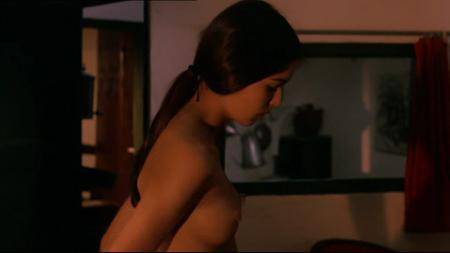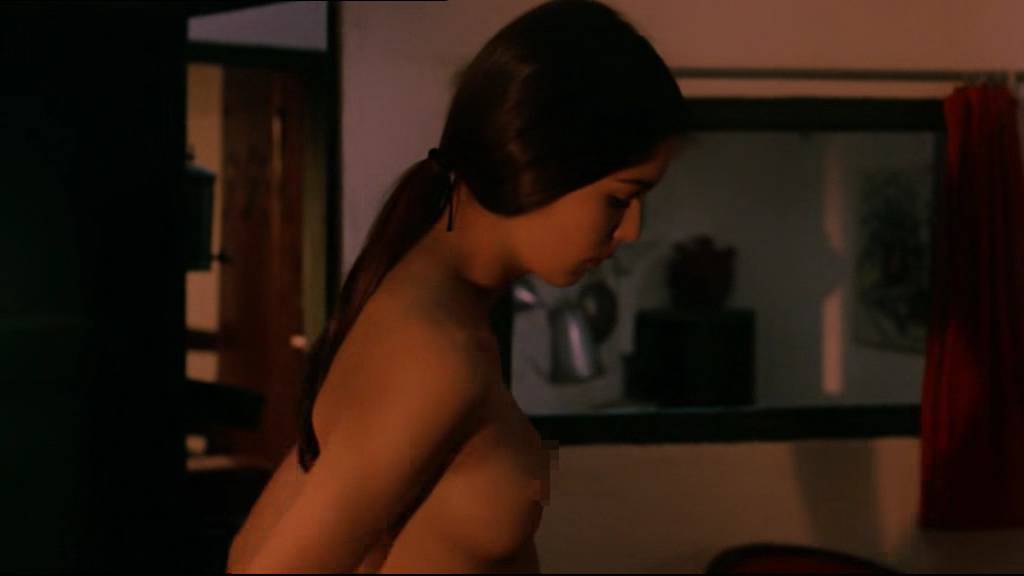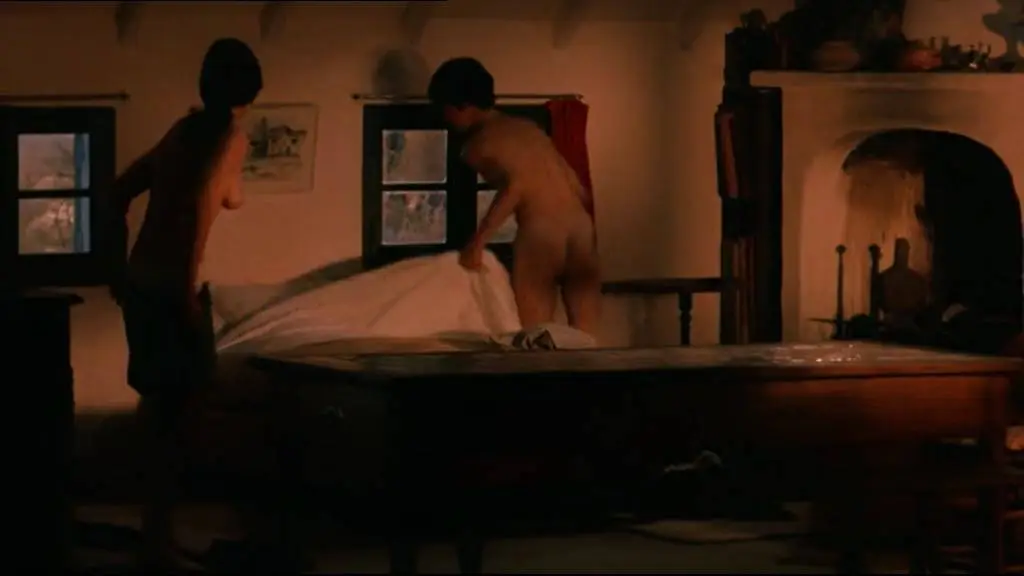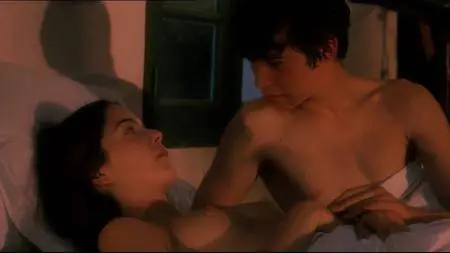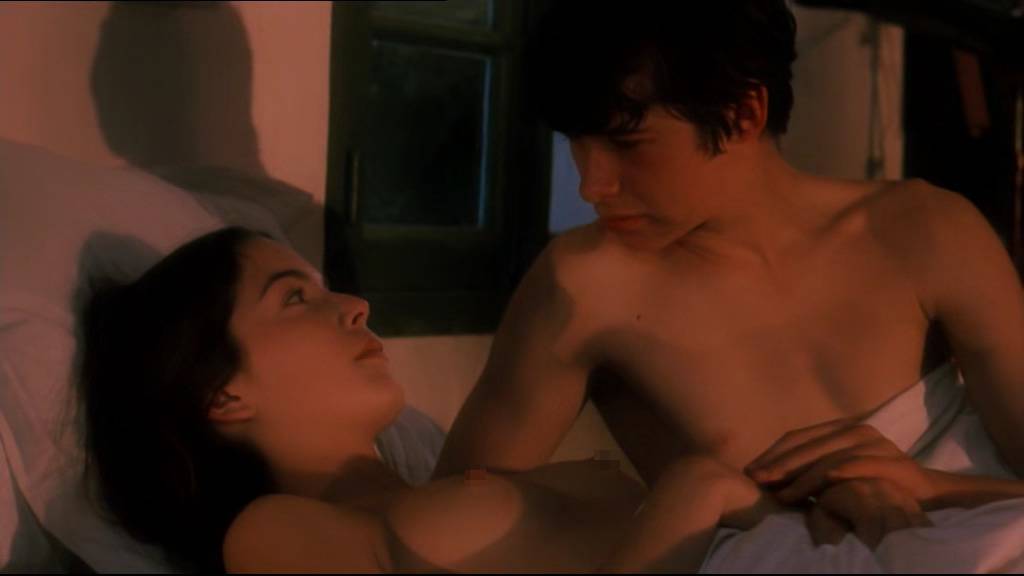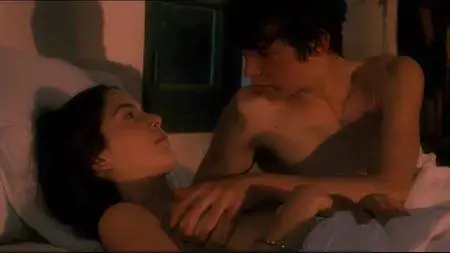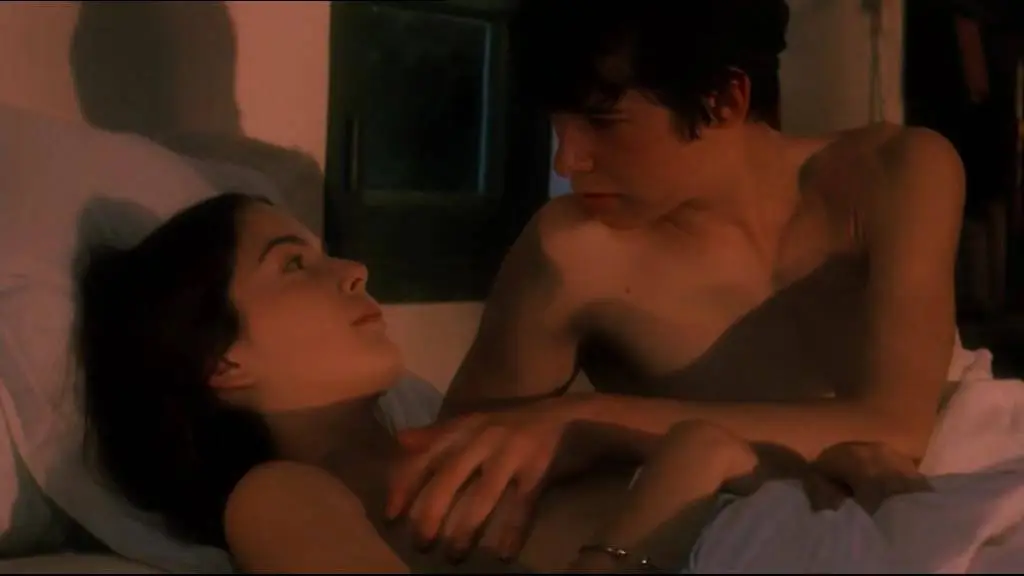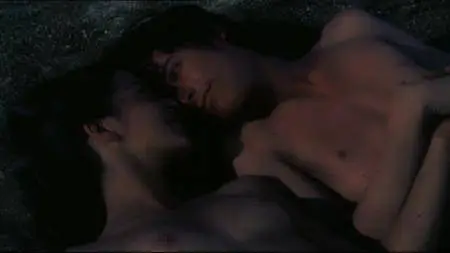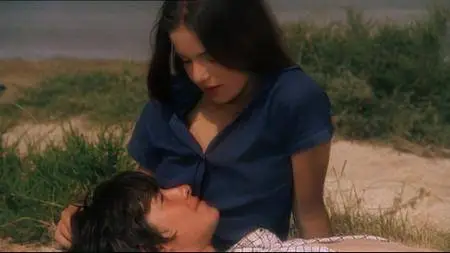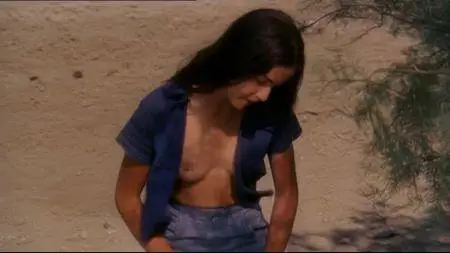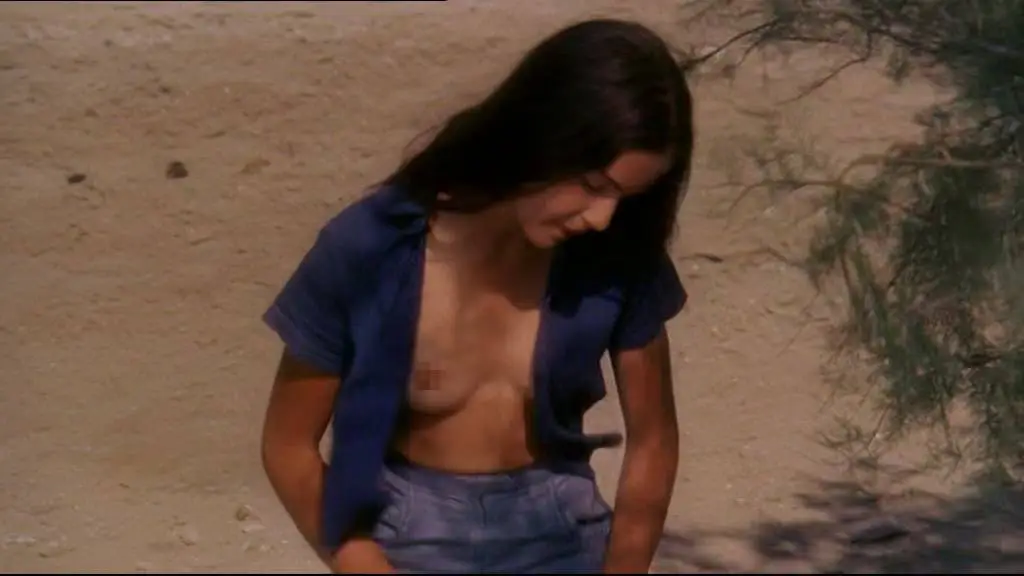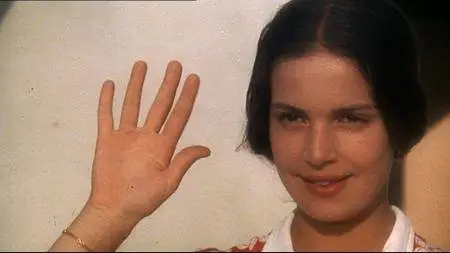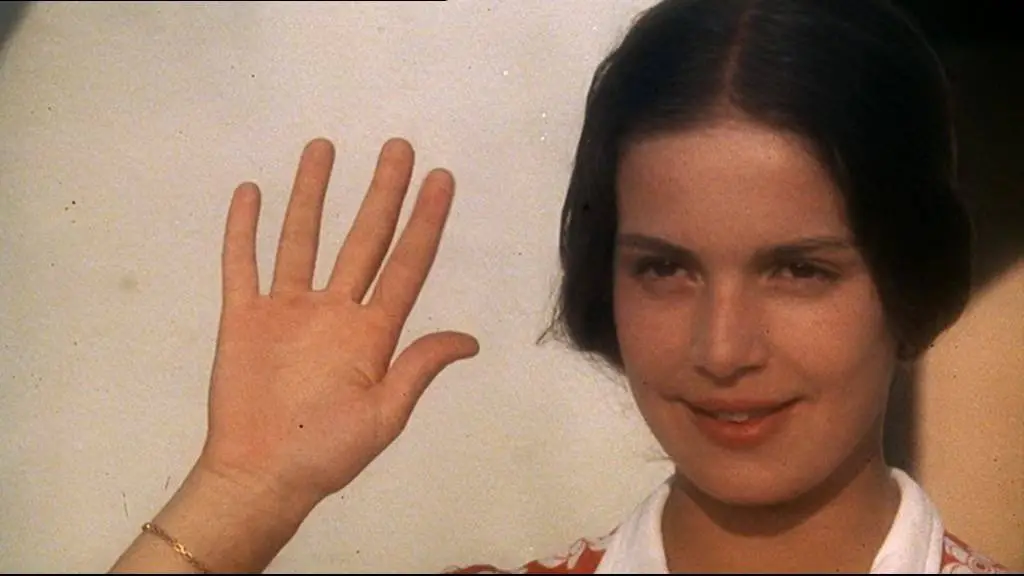Friends (1971)
DVDRip | mkv | x265 HEVC (10 bits) @ 1003 Kbps, 25.0 FPS | 720 x 576 | 1h 37min | 1.09 GB
Audio: English, German, French: 2-ch AC-3 @ 192 Kbps, 48.0 kHz, 16 bits
Subtitles: English, Dutch, German, French, Spanish
Genre: Drama, Romance | Country: UK
Premium Post
DVDRip | mkv | x265 HEVC (10 bits) @ 1003 Kbps, 25.0 FPS | 720 x 576 | 1h 37min | 1.09 GB
Audio: English, German, French: 2-ch AC-3 @ 192 Kbps, 48.0 kHz, 16 bits
Subtitles: English, Dutch, German, French, Spanish
Genre: Drama, Romance | Country: UK
Premium Post
Director: Lewis Gilbert
Writers: Lewis Gilbert (story), Vernon Harris (screenplay) | 1 more credit »
Stars: Sean Bury, Anicée Alvina, Ronald Lewis
After her father dies, 14-and-a-half-year-old Michelle Latour (Anicée Alvina) travels to Paris to stay with a female cousin. Not only is she made to feel most unwanted, but her cousin’s boyfriend makes gross sexual advances towards her in a scene that takes a strongly moralistic attitude to age-different sex. Michelle is half-naked in front of a mirror; the cinematic parallel (unwelcome voyeuristic gaze by mature audience members) is obvious.
15-year-old Paul Harrison (Sean Bury) is the ignored son of a wealthy English businessman living in Paris. He spends his time skipping language classes and stealing cars for joy rides. At the Parc Zoologique, he meets Michelle.
A few days later they set off on a day-long escape – an adventure that ultimately lasts for a year and sees them living in Michelle’s father’s cottage in the remote Camargue, where they create an idyllic existence isolated from the adult world.
Paul and Michelle fall in love, Michelle becomes pregnant and they decide to have the baby alone at home. At film’s end, Paul leaves for work at a local vineyard, unaware the police are waiting there to take him away. (The audience’s ‘superior’ knowledge of the police presence makes Paul and Michelle’s last scenes together quite harrowing.)
The film’s greatest strength – apart from Alvina’s extraordinary performance and presence, and, to a lesser extent, Bury’s – is its evocation of Arcadia, that magic, protected place where life may be lived as the rest of us can only dream. Literature and art has for all time been obsessed with the many forms of Shangri La, but cinema has not been that successful at evoking it (the very artifice feels more like an attempt than a true experience).
This domaine perdu (as Alain-Fournier describes it in Le Grand Meaulnes) is somehow cut off from earthly time and space. Only those specially privileged may enter The Great Good Place and, once departed, it can rarely be refound. The white cottage and Camargue of Friends is a perfect embodiment of that world – a place where no stranger/adult enters and which even the police cannot track down. This is why they must wait overnight (one assumes in a local village) and return the next morning to the vineyard to await Paul.
Shot by Andreas Winding, the film is always extremely beautiful to look at (though the David Hamilton-esque patina dates it at times), and thoughtfully directed (the green of nature is kept out until the reverse close-ups of Paul and Michelle during their first meeting. Lewis Gilbert has never been regarded as a particularly inventive or imaginative craftsman, but the clearly personal nature of the material has made his work here unusually sensitive and appropriate.
The scenes of nakedness and lovemaking, which created some comment at the time, are strikingly natural, never prurient and exploit neither actor. That did not stop several critics from complaining that Alvina is exposed to more explicit nudity than Bury, but this isn’t so. The full-frontal of Alvina that set the puritans afire (and the Australian censors cut) is three-frames long, and a long-shot.
Though it would no doubt be banned in ageist Australia today, it is difficult to believe any sane person could rationally object to this delicate portrayal of 1970s teenage sexuality.
What certainly did upset people was Michelle’s having a baby outside the hospital system, as if this was somehow irresponsible and unbelievable. But Michelle’s mother died during childbirth (presumably in a hospital), and Michelle’s desire to have hers somewhere else is totally believable.
As well, girls/women have had babies outside hospitals for most of history; it is a profoundly natural act that only the 20th and 21st centuries have deemed always intervention-necessary. Michelle is 15 at the time, which is a most physiologically appropriate age to give birth. And why shouldn’t teenagers happily cut off from a technologically-crazy world not act in a traditional, natural way?
It could be argued that Gilbert should have taken his point even further and had Michelle give birth squatting (allegedly the most natural of methods), but Paul and Michelle have read a book on childbirth and this has introduced into their world adult ideas of acceptable delivery.
For all its ‘controversial’ material, this is a profoundly moral, indeed deeply Catholic, work. Paul and Michelle see themselves as married because they have exchanged vows to each other (standing in a church alcove while an adult marriage takes place). They also baptise their child, Sylvie, in an otherwise empty church. It is hard to believe they would not be as blessed by any God as those who simply kowtow to the man-made rules of the Pauline church.
Paul and Michelle are a remarkable cinematic couple, because one always believes in, and is inspired by, their love. Few films have captured the rapture of teenage passion so sweetly; few films have created and held a teenage perspective so honestly. Gilbert has exactly captured Fournier’s maxim: “My credo in art and literature is childhood. The thing is to render it without childishness.” One could add: “Nor debase it with adult perspectives.”
The elegiac world of Paul and Michelle’s love may have been attacked from outside, dismantled and lost, but, by the virtue of this tender film, one can constantly return and relive it.
Please Note: Playback of this H.265/HEVC encoded video file in VLC media player may cause problem (like Green Screen). A fresh install of the player or a new version can solve this problem. I strongly suggest you to download and install "K-Lite Codec Pack (Full or Mega version; totally free with WMP Classic)" on your system first and then try to play the file in VLC. Or, you can just install PotPlayer, and no codecs will be needed. I use this player for playing all sorts of media… from MP3 audio files to 4K UHD video files.
Mac users please get help from the Internet and YouTube.MS18pp



